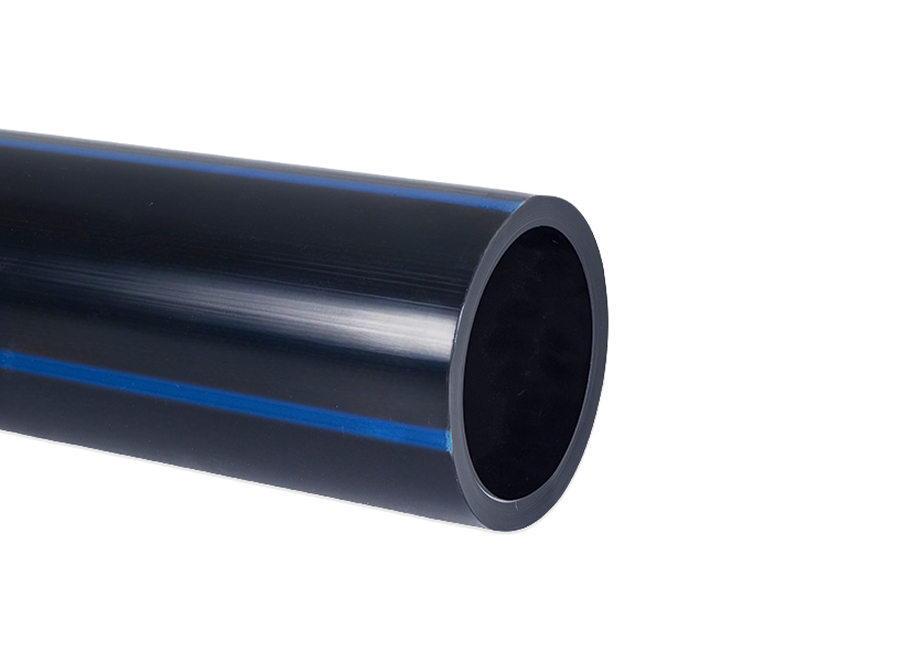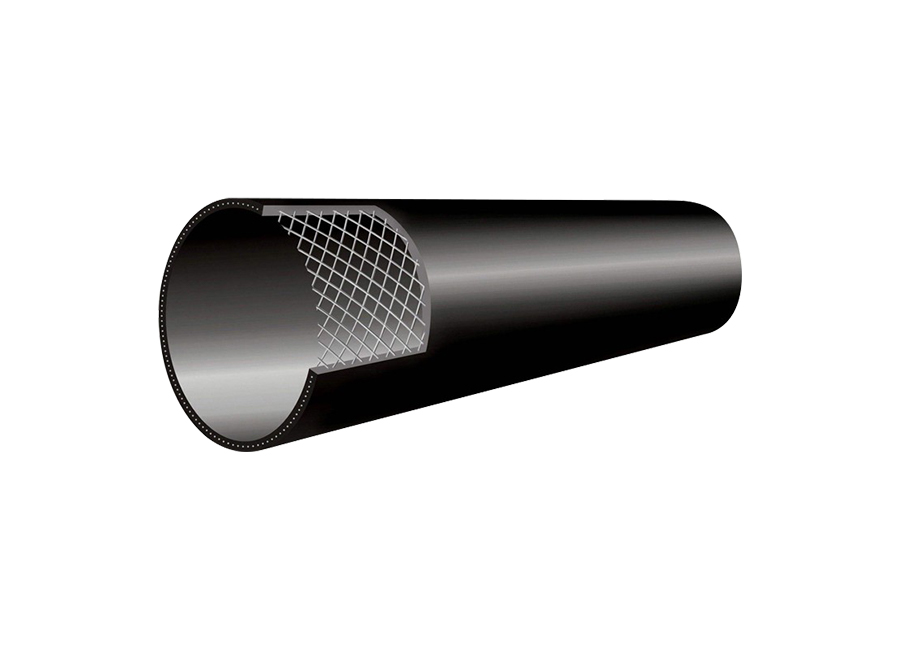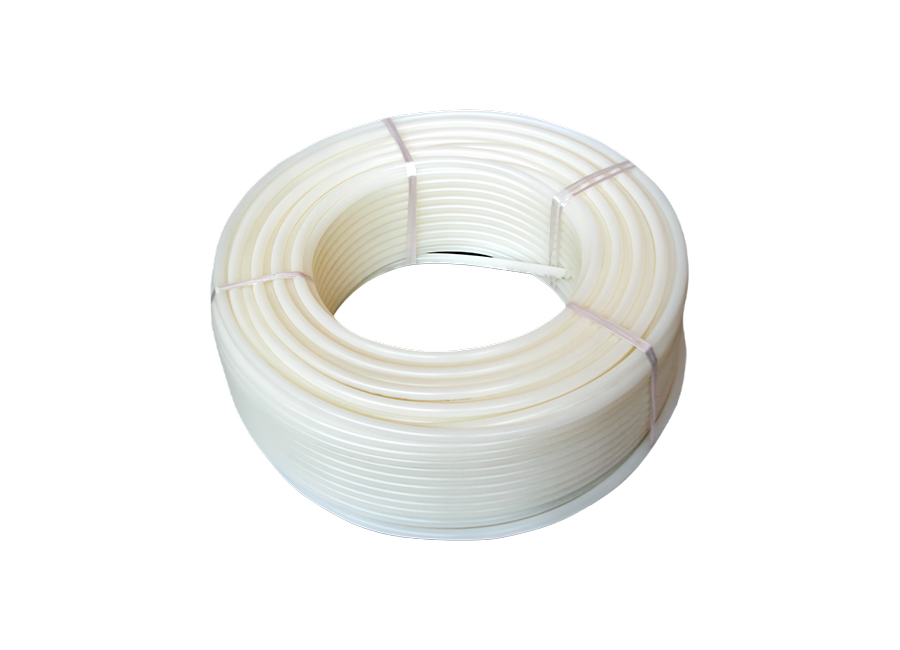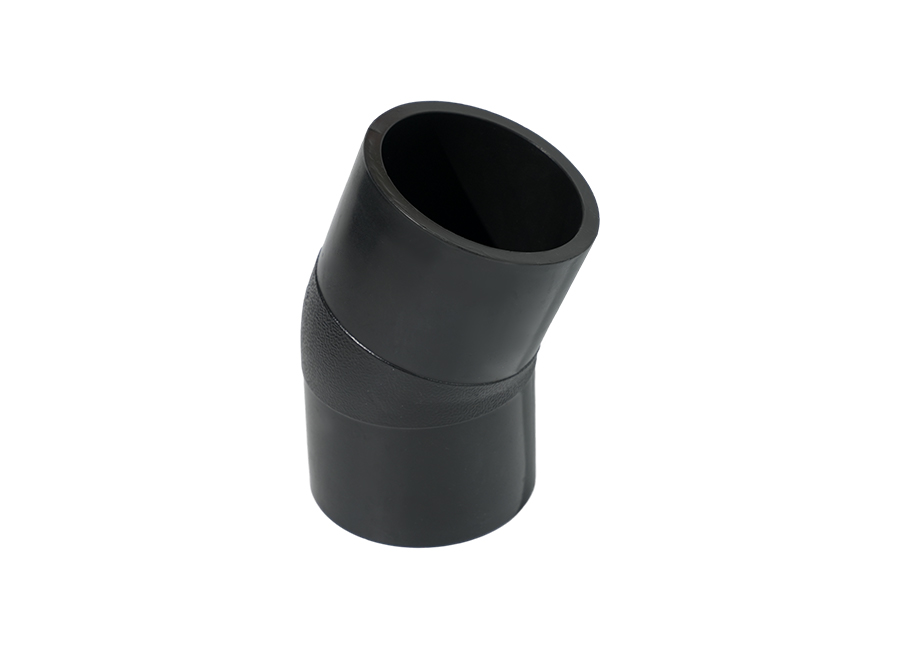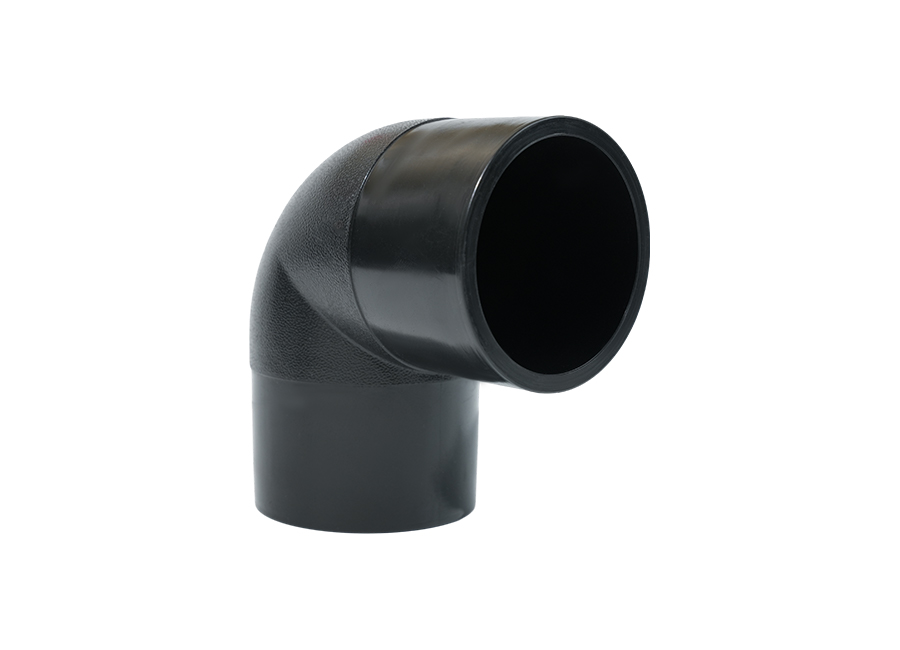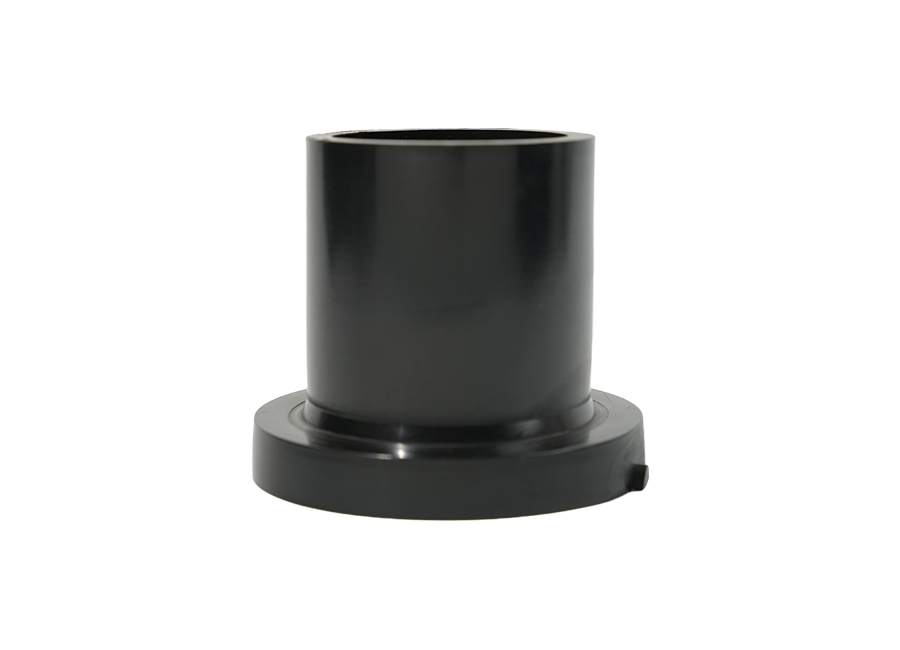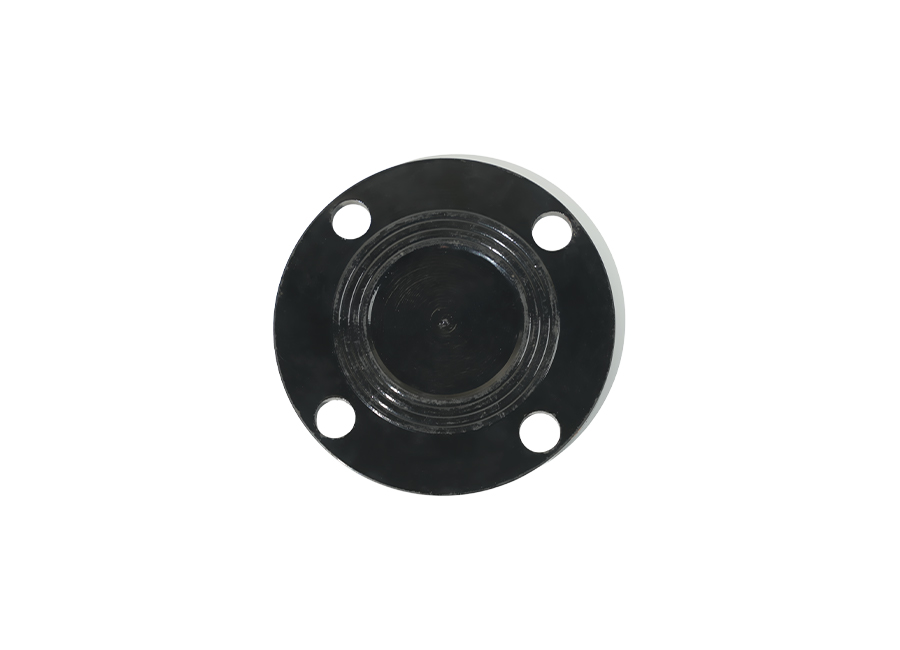Content
1.How to correctly select PVC pipes?
- Select the type according to the purpose
PVC pipes are mainly divided into the following types, which need to be selected according to the purpose:
UPVC (rigid PVC pipe): used for water supply and drainage, sewage system, strong pressure resistance.
CPVC (chlorinated PVC pipe): high temperature resistant (up to 90℃), suitable for hot water pipes.
PVC electrical conduit: used to protect wires and cables, with flame retardancy.
PVC hose: suitable for temporary water supply, agricultural irrigation, etc.
- Determine the appropriate pipe diameter (DN)
Water supply pipe: usually DN20 (6-branch pipe) to DN50 (2-inch pipe), DN25 (1-inch pipe) is commonly used for household water supply.
Drainage pipe: generally use DN50 (2 inches) or more, and the main drainage pipe is recommended to be DN110 (4 inches) or larger.
Electrical conduit: selected according to the number of wires, generally DN16 (5-branch pipe) or DN20 (6-branch pipe).
- Pay attention to the pressure level (PN value)
PVC pipes are usually marked with PN (nominal pressure), such as PN0.6, PN1.0, PN1.6, etc. The higher the value, the stronger the pressure resistance.
Ordinary household water supply: PN0.6~PN1.0 (6~10 kg pressure) is sufficient.
High-rise buildings or industrial use: PN1.6 or higher is recommended.
- Check the quality of the pipe
Appearance: smooth surface, no bubbles, no cracks.
Thickness: The pipe wall is uniform, and a caliper can be used to measure whether it meets the standard.
Certification mark: Choose products that meet national/international standards such as GB/T 10002 and ISO 4422.
2. PVC pipe installation tips
Cutting and trimming
Use a PVC-specific cutter or fine-tooth saw to ensure a smooth cut.
Use sandpaper or trimmer to remove burrs to prevent affecting the sealing.
Connection methods
- Adhesive connection (applicable to UPVC pipes)
Clean the pipe mouth and pipe fittings, and apply PVC special glue.
Insert quickly and rotate 1/4 turn to evenly distribute the glue.
Let it stand for 10~15 minutes, and then test it with water after 24 hours.
- Threaded connection (applicable to electrical conduits)
Use threaded PVC pipe fittings and tighten them with a wrench.
Add raw tape or sealant to enhance the leak-proof effect.
- Flange connection (applicable to large-diameter industrial pipelines)
Install flanges at the ends of the two pipes, fix them with bolts, and seal them with rubber gaskets in the middle.
Fixing and support
Install pipe clamps or brackets every 1~1.5 meters to prevent sagging or deformation.
Add support points at bends and tees to reduce the impact of water flow.
Precautions for underground installation
The trenching depth should be lower than the frozen soil layer (usually ≥0.8 meters) to prevent freezing and cracking in winter.
Lay a 10cm sand cushion layer at the bottom of the ditch to prevent sharp stones from puncturing the pipe.
When backfilling, cover the soft soil first, and then compact it layer by layer.
Testing and acceptance
Hydraulic pressure test: pressurize to 1.5 times the working pressure, maintain for 30 minutes, and pass without leakage.
Drainage pipe test: inject water to check whether it is unobstructed and observe whether the interface is leaking.
Common Problems and Solutions
|
Problem |
Possible cause |
Solution |
|
Interface leakage |
Glue is not evenly applied/uncured |
Re-apply glue and extend curing time |
|
Pipeline rupture |
External impact/freezing crack |
Replace pipeline, strengthen insulation or bury deep |
|
Poor drainage |
Insufficient slope/blockage |
Adjust slope and clean with dredge |
3. PVC Pipe Frequently Asked Questions (FAQ)
How to connect PVC pipes?
Adhesive connection (most commonly used, suitable for UPVC drainage pipes)
Threaded connection (suitable for electrical conduits)
Flange connection (large-diameter industrial pipes)
Rubber ring socket connection (for underground drainage pipes)
Will PVC pipes freeze and crack?
Yes! If water freezes and expands, PVC pipes may crack. Antifreeze measures:
Buried depth ≥ 0.8 meters (below the permafrost layer)
Wrap insulation materials (such as foam cotton)
Empty the pipe (when it is not used in winter)
Are PVC pipes environmentally friendly?
Recyclable: PVC pipes can be crushed and reprocessed.
Lead-free formula: Modern PVC pipes meet environmental standards, but incineration will produce harmful gases and require professional treatment.
Can PVC pipes be glued to fill leaks?
Yes, but only for small cracks:
Turn off the water source and wipe the leak dry.
Fill with PVC special glue or epoxy resin.
Wrap waterproof tape for reinforcement. Note: For large-area damage, it is recommended to replace the entire pipe.
Why does the PVC pipe become brittle?
Long-term exposure: Ultraviolet rays accelerate aging. It is recommended to use UV-resistant PVC pipes outdoors.
Low temperature environment: Cold-resistant PVC pipes should be selected in cold areas.

 English
English 中文简体
中文简体 русский
русский عربى
عربى


